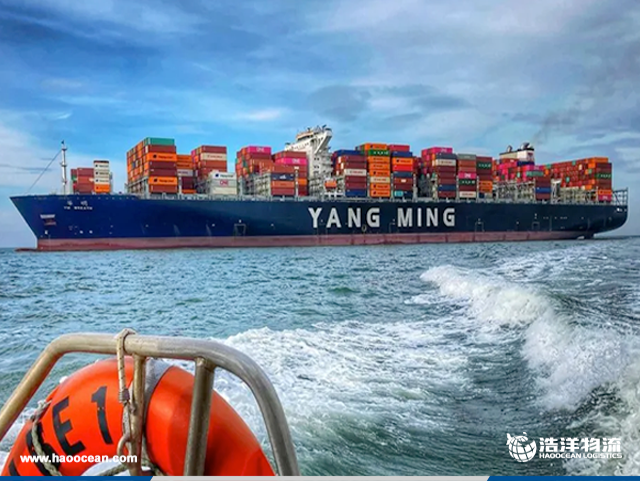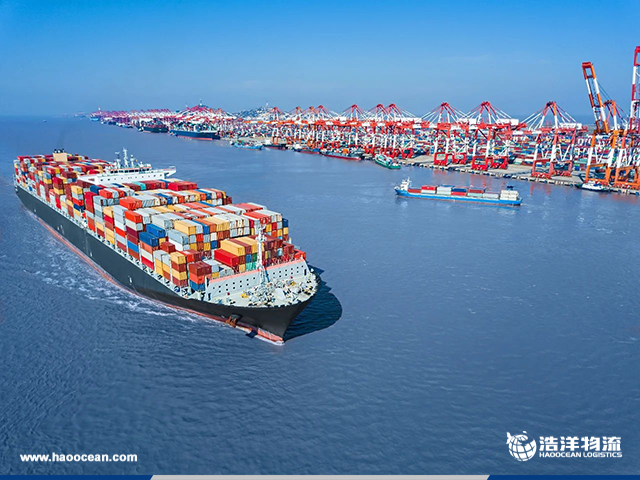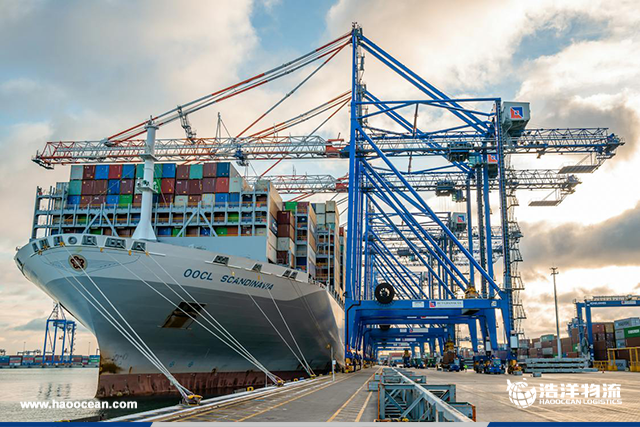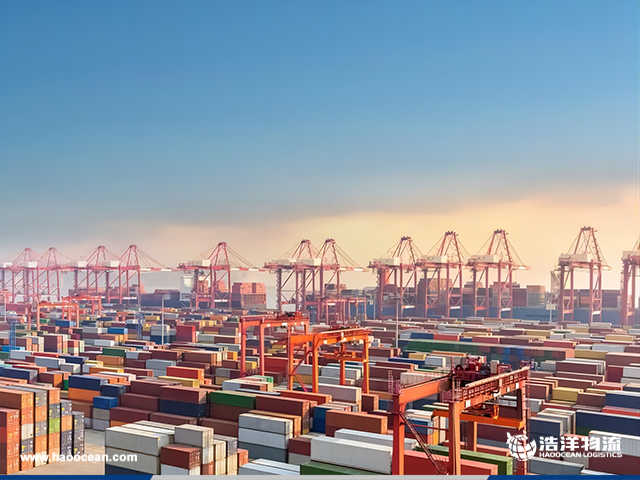

2024-04-03

According to customs statistics, in the first two months of 2024, the total import and export value of my country's goods trade (the same below) was 6.61 trillion yuan, a year-on-year increase of 8.7%. Among them, exports were 3.75 trillion yuan, an increase of 10.3%; imports were 2.86 trillion yuan, an increase of 6.7%; the trade surplus was 890.87 billion yuan, an increase of 23.6%. In US dollars, in the first two months, my country's total import and export value was US$930.86 billion, an increase of 5.5%. Among them, exports were US$528.01 billion, an increase of 7.1%; imports were US$402.85 billion, an increase of 3.5%; the trade surplus was US$125.16 billion, an increase of 20.5%.
The main characteristics of my country’s import and export in the first two months of 2024: General trade imports and exports grew, and their proportion increased. In the first two months, my country's general trade import and export volume was 4.34 trillion yuan, an increase of 10%, accounting for 65.7% of China's total foreign trade value, an increase of 0.8 percentage points over the same period last year. Among them, exports were 2.48 trillion yuan, an increase of 14.5%; imports were 1.86 trillion yuan, an increase of 4.6%. During the same period, the import and export of processing trade was 1.12 trillion yuan, down 3.5%, accounting for 16.9%. Among them, exports were 701.81 billion yuan, a decrease of 8.4%; imports were 418.32 billion yuan, an increase of 5.8%. In addition, my country's import and export through bonded logistics reached 886.94 billion yuan, an increase of 16.9%. Among them, exports were 346.42 billion yuan, an increase of 18.4%; imports were 540.52 billion yuan, an increase of 15.9%.
Imports and exports to ASEAN, the United States, and South Korea increased. In the first two months, ASEAN was China's largest trading partner. The total trade value between China and ASEAN was 993.24 billion yuan, an increase of 8.1%, accounting for 15% of China's total foreign trade value. Among them, exports to ASEAN were 587.9 billion yuan, an increase of 9.2%; imports from ASEAN were 405.34 billion yuan, an increase of 6.6%; the trade surplus with ASEAN was 182.56 billion yuan, an increase of 15.7%. The EU is China's second largest trading partner. The total trade value between China and the EU was 832.39 billion yuan, a decrease of 1.3%, accounting for 12.6%. Among them, exports to the EU were 555.88 billion yuan, an increase of 1.6%; imports from the EU were 276.51 billion yuan, a decrease of 6.8%; the trade surplus with the EU was 279.37 billion yuan, an increase of 11.5%. The United States is my third largest trading partner. The total trade value between China and the United States was 707.7 billion yuan, an increase of 3.7%, accounting for 10.7%. Among them, exports to the United States were 521.99 billion yuan, an increase of 8.1%; imports from the United States were 185.71 billion yuan, a decrease of 7%; the trade surplus with the United States was 336.28 billion yuan, an increase of 18.8%. South Korea is my fourth largest trading partner. The total trade value between China and South Korea was 336.92 billion yuan, an increase of 2.9%, accounting for 5.1%. Among them, exports to South Korea were 150.45 billion yuan, a decrease of 6.8%; imports from South Korea were 186.47 billion yuan, an increase of 12.3%; the trade deficit with South Korea was 36.02 billion yuan, an increase of 703.2%. During the same period, my country's total imports and exports to countries co-building the "Belt and Road" were 3.13 trillion yuan, an increase of 9%. Among them, exports were 1.75 trillion yuan, an increase of 13.5%; imports were 1.38 trillion yuan, an increase of 3.9%.
The import and export of private enterprises and state-owned enterprises increased. In the first two months, the import and export of private enterprises was 3.61 trillion yuan, an increase of 17.7%, accounting for 54.6% of China's total foreign trade value, an increase of 4.2 percentage points over the same period last year. Among them, exports were 2.45 trillion yuan, an increase of 19.2%, accounting for 65.3% of the total export value; imports were 1.16 trillion yuan, an increase of 14.6%, accounting for 40.7% of the total import value. The import and export of state-owned enterprises was 1.06 trillion yuan, an increase of 1.7%, accounting for 16.1% of China's total foreign trade value. Among them, exports were 282.86 billion yuan, a decrease of 1.6%; imports were 781.76 billion yuan, an increase of 3%. During the same period, the import and export of foreign-invested enterprises was 1.92 trillion yuan, a decrease of 1.7%, accounting for 29% of China's total foreign trade value. Among them, exports were 1.01 trillion yuan, a decrease of 3.8%; imports were 903.27 billion yuan, an increase of 0.8%.
Mechanical and electrical products accounted for nearly 60% of exports, with exports of automatic data processing equipment, integrated circuits and automobiles growing. In the first two months, my country exported 2.22 trillion yuan of mechanical and electrical products, an increase of 11.8%, accounting for 59.1% of the total export value. Among them, automatic data processing equipment and its parts were 195.45 billion yuan, an increase of 7.3%; integrated circuits were 160.71 billion yuan, an increase of 28.6%; automobiles were 111.89 billion yuan, an increase of 15.8%. During the same period, exports of Laomi products were 666.19 billion yuan, an increase of 22.2%, accounting for 17.8%. Among them, clothing and clothing accessories were 166.2 billion yuan, an increase of 16.3%; textiles were 154.33 billion yuan, an increase of 18.9%; and plastic products were 118.28 billion yuan, an increase of 26.5%. Exports of agricultural products were 105.37 billion yuan, an increase of 5.9%.

2024-03-07
.png)


2024-02-01


2024-01-02